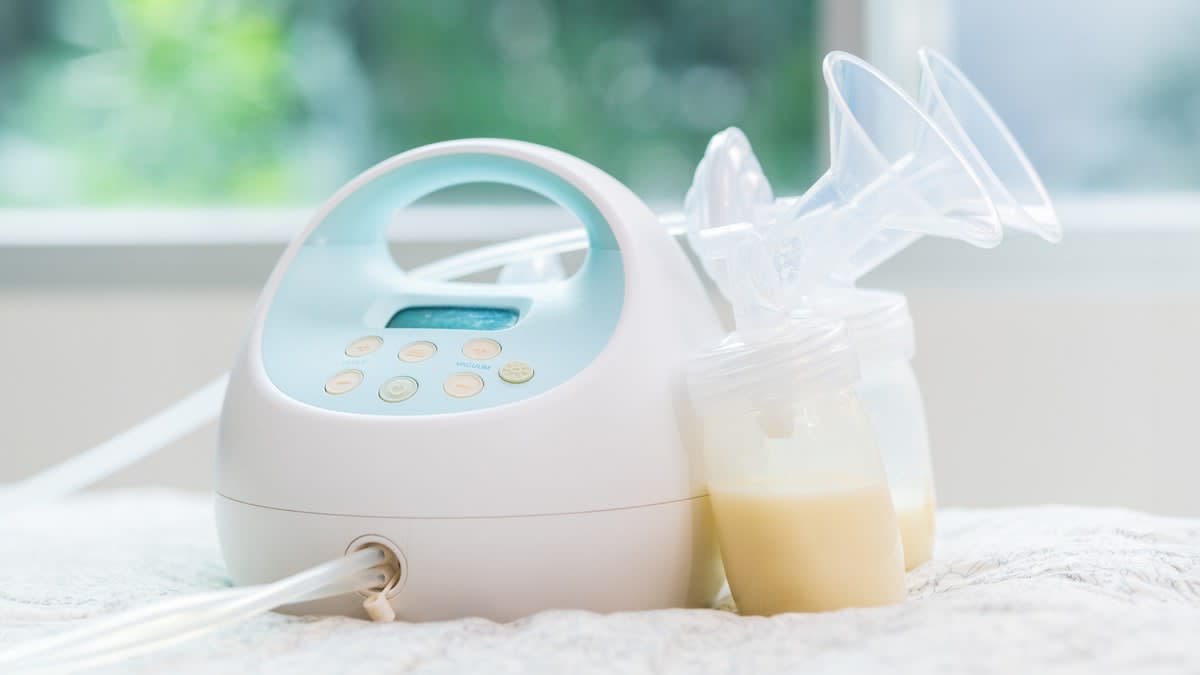It’s not just the pump. Your insurance should also cover specific necessary supplies for the breast pump you choose. “Every insurance company generally has two or three pump options,” says Amber Patterson, a case coordinator at All Families Surrogacy and former surrogate. “Your insurance should also cover milk storage bags, new breast pump flanges, and hose lines (if applicable).”
Patterson wants gestational carriers and surrogates to know that they’re also eligible for breast pumps under insurance. “Many times you can obtain a pump directly through your OB clinic using your insurance and can walk out with a pump after an OB visit,” she says. “If a woman qualifies, WIC may also be able to assist in providing a pump. If those options don’t pan out, your local La Leche League can be a valuable source of information.”
Insurance covers breastfeeding support as well. For example, new parents may be able to access free lactation services as part of their benefits through groups like The Lactation Network.
If you meet any obstacles along the way regarding coverage, C.L. Mike Schmidt, a lawyer at Schmidt & Clark LLP in Washington, D.C., says “you may want to check if your plan is classified as ‘grandfathered’ under the ACA, which could exempt it from certain requirements.” If that isn’t the case, you can submit an appeal through your insurance provider, and if you need more help, you should reach out to your state’s Department of Insurance or Consumer Assistance Program.
“An important consideration is that, regardless of your insurance policy, the ACA prohibits charging a deductible or copay for a breast pump,” Schmidt says. “This law is designed to make breast pumps more accessible.”
It’s worth noting, too, that certain types of pumps or supplies aren’t typically eligible. “Usually, on-the-go pump options are not models that are coverable,” Patterson says, “and you might pay extra for a storage bag or extra supplies.”
Source link
